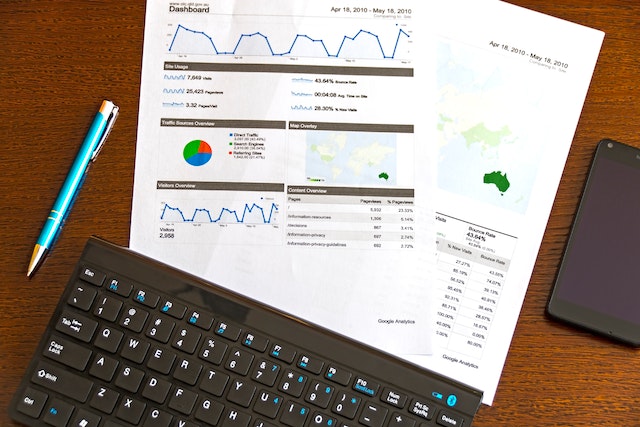Are you one of those people that lives paycheck to paycheck despite seemingly earning a decent salary? What about one who dreads upcoming birthdays or Christmas or fears their car needing servicing? If so, you must get your finances in order and get to grips with budgeting.
Everyone should have a budget in place, whether they are the Chief Financial Officer looking after the books at Amazon, are someone that frequents the best American online betting sites, or are someone working a steady 9-to-5 that is sick and tired of having money-related worries. Having a budget not only helps you to see where your money is going, but it also assists in preventing unwanted stress when you know you have some upcoming financial commitments. Above all, budgeting allows you to start living and stop having a boring life.
List All Guaranteed Income
The first step of any financial budget is listing your guaranteed income. This is your take-home pay once any taxes or other deductions are removed. Do not include any bonuses here unless they are 100% guaranteed, which most are not. Including bonuses or commission payments is bad because they are out of your control. You need rock-solid foundations on to base the rest of your budget; otherwise, the entire thing can come toppling down.
Take an average if your salary is not uniform each month. For example, your annual take-home pay maybe $36,000. However, for some reason, you may only take home $1,200 for the first three months when the business is quiet. In this scenario, work with the $3,000 a month, which is the $36,000 divided by 12 months.
List Every Single Expense
Listing all your outgoings is the most time-consuming aspect of budgeting because it is crucial to list every single expense, regardless of how small and insignificant it seems. Go through your bank statements with a fine-toothed comb. You will likely discover you only have a few significant large outgoings besides your rent or mortgage, medical insurance, and car loan repayments and wonder where your disposable income is going. I can tell you now with almost 100% certainty that you will find you are fluttering away a large amount of money on small but needless purchases.
Use an average cost for flexible outgoings such as grocery shopping. For example, you may not purchase expensive cleaning products with every visit to the store, but they significantly add to your bill. Take an average amount over six months to a year.
Before the COVID-19 pandemic hit and she started working from home, I used to drive my wife to work. On the way home, I would religiously purchase a coffee from Starbucks and a newspaper for $5. Now $5 probably will not break the bank for many people, but that $5 per day is $25 per week, $100 per month, or a whopping $1,200 per year! Would you turn down a $1,200 salary increase? No, but that’s essentially what I was doing. As the saying goes, look after the cents, and the dollars look after themselves.
Split Expenses Into Wants and Needs; Budget For One-Off Purchases
It is time to divide your outgoings into needs and wants. Needs are essential items that you must buy or pay for regardless of any other expenses. Think about rent, mortgage, credit card repayments, and bills of that ilk. Needs are non-essential items you like, such as Netflix and magazine subscriptions. The number listed in the wants column is likely to shock you. Grocery shopping is another significant drain on resources because everyone is guilty of buying more than they need to. Avoid this by creating a meal plan each week and only visiting the store once or twice per week, and never grocery shop when you are hungry!
You should also make allowances for one-off purchases you know are on the horizon. If you plan to spend $200 on Little Jimmy’s birthday presents or party, divide that by 12 months and put that away for safekeeping. Do the same for Christmas presents, that massive Thanksgiving dinner, potential car repair bills, etc.
Once you have everything detailed, subtract your monthly outgoings from your take-home pay to arrive at your disposable income. This figure is the amount of money you have left over to do as you please. Hopefully, it is a positive number because that means you have money to spare. If you’re unhappy with your disposable income, you have two choices: earn more or spend less. I’ll bet my bottom dollar you could free up a bunch of cash by reducing that massive need list of yours!










